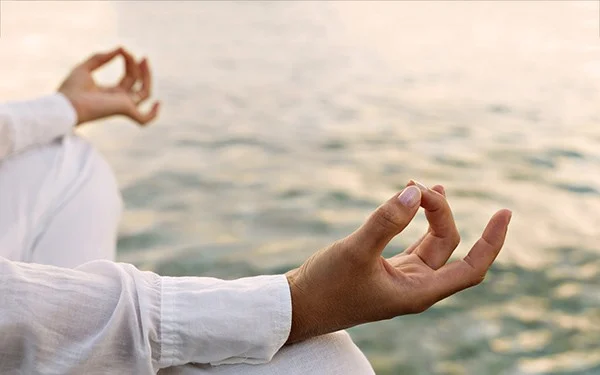We can already hear your excuses: you don’t have enough time to spare for meditation, you think it’s corny, you’re not a fan, you don’t want to sit still with your eyes closed, etc. We get it. A lot of people are not keen on meditating because they feel like it’s a waste of time and they look stupid sitting in a corner with our eyes closed but before your eyes do a 360, take note of this: an article published in Social Cognitive and Affective Neuroscience showed that mediation can decrease levels of anxiety by about twenty-two percent. Moreover, meditation creates new neural connections in our brains that are strong, effective, and permanent. According to Janet Nima Taylor, who wrote the book Meditation for Non-meditators, the practice helps your mind to concentrate on what’s happening at the moment instead of wasting energy and stressing over events that happened in the past or worrying about what’s about to happen in the hours, days, or months to come. Kansas City, Missouri’s American Buddhist nun further adds that anybody can meditate. What’s important is that you practice doing it everyday. Once you become consistent with the practice, everything becomes easy.
To meditate, you will need a notepad, a pen, a quiet room with soft lighting, and a timer. Make sure you sit on a comfortable chair, keep your back straight, remove your socks and shoes, and begin meditating.
First sixty seconds: Take deep breaths
Place your hands (with your palms facing the floor) on your thighs. Your legs should be a hip-distance from each other and both feet should be flat on the floor. If you don’t feel comfortable closing your eyes, you can leave them open. Stare at the space in front of you, allow your gaze to rest and lose focus.
It is highly recommended that you meditate both ways (eyes closed or open) during one session or on different days. Keeping your eyes closed during meditation allows you to concentrate on your body and its inner workings. Meditating with your eyes open, however, conditions your mind and strengthens its ability to keep calm despite different distractions – something we all need when we’re in chaotic situations but we need to stay calm so we can think clearly. Focus on how the floor touches your feet, concentrate on the feeling of the softness of the carpet or hardness of the cement or wood against your skin. Breathe deeply through your nose and exhale through your mouth. If you’re not used to that, you can breathe through your mouth and exhale through your nose. Do whatever feels comfortable. Count to four while inhaling, and then count to six while exhaling.
The second minute: A Pace You’re Comfortable In
By this time you can step into a natural rhythm and stop counting while breathing. Focus on how it feels whenever you breathe, try not to make it too deep or too shallow.
One of the reasons why a lot of people feel sluggish is because they don’t breathe properly. More often than not, they take weak, short breaths as they go through their daily routine. As an aftermath, there is insufficient oxygen in the blood, which then lowers energy levels. Concentrate on the rising and falling of your chest as you breathe in and out. Focus on the rise and fall of the area between your belly and shoulders.
The third minute: Deep Concentration
At this point, thoughts about work, family, errands, will begin to enter your head so you need to work hard to keep those thoughts out. Concentrate on your breathing. Whenever these thoughts enter your head, do your best to observe them and not dwell on them. If it’s hard not to dwell on them, try to think of these thoughts as clouds: light, fluffy, and harmless. Doing this simple visualization allows you to acknowledge these thoughts without being emotional when responding to them. If the thought does not disappear after the visualization technique, write it down and then continue meditating.
The fourth minute: Unwind
You can now stop concentrating in your breathing. Allow yourself to relax and just sit comfortably on the chair. When a random thought enters your head, do the visualization technique and tell yourself that there is nothing you need to worry about, change, do, or fix. Everything is okay.
The fifth minute: Say Thank You
End your meditation by saying thank you. Think of people, things, or events that you are thankful for such as being given another day to live, seeing your family again, making it to work on time, having dinner with your special someone, or having a few minutes to tune the world out and meditate. After saying thank you, shift your focus on how relaxed your muscles are, and how calm the beating your heart is. If you decided to close your eyes during meditation, you can now open them. Stand up slowly and face the day feeling relaxed and happy.
